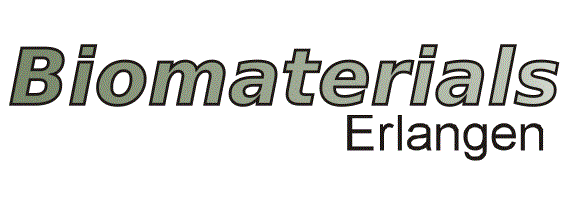Zoya Hadzhieva
Zoya Hadzhieva
Master Student
Electrophoretic deposition and characterization of functional coatings based on chitosan-metal composites
Betreuer: Muhammad Asim Akhtar, Prof. Dr.-Ing. habil. Aldo Boccaccini
The natural polymer chitosan has a great potential in a broad spectrum of biomedical applications due to its appealing intrinsic physical and biological characteristics [1]. One key feature of chitosan is its ability to form complexes with a wide range of metal ions, in particular transition elements. As reported recently, the incorporation of metallic ions as therapeutic agents in a chitosan matrix shows promising results, regarding antibacterial, antifungal and cytocompatible performance [1]. Moreover chitosan can be combined with metallic nanoparticles (e.g. Ag) to form antibacterial coatings [2]. Therefore, the aim of the current work is the preparation of functional coatings, based on chitosan incorporating metallic inclusions by electrophoretic deposition [3]. The optimized coating materials will be fully characterized in terms of physico-chemical properties, antibacterial activity and in vitro cell viability, in order to evaluate their suitability for bone tissue engineering and orthopedic applications.
[1]L. Gritsch, C. Lovell, W. H. Goldmann, and A. R. Boccaccini, “Fabrication and characterization of copper(II)-chitosan complexes as antibiotic-free antibacterial biomaterial”, Carbohydr. Polym, 179 (2018) 370-378
[2] F. Pishbin et al., “Single-step electrochemical deposition of antimicrobial orthopaedic coatings based on a bioactive glass/chitosan/nano-silver composite system”, Acta Biomaterialia 9 (2013) 7469-7479.
[3] E. Avcu, et al., “Electrophoretic deposition of chitosan-based composite coatings for biomedical applications: A review”, Progress in Materials Science 103 (2019) 69-108

